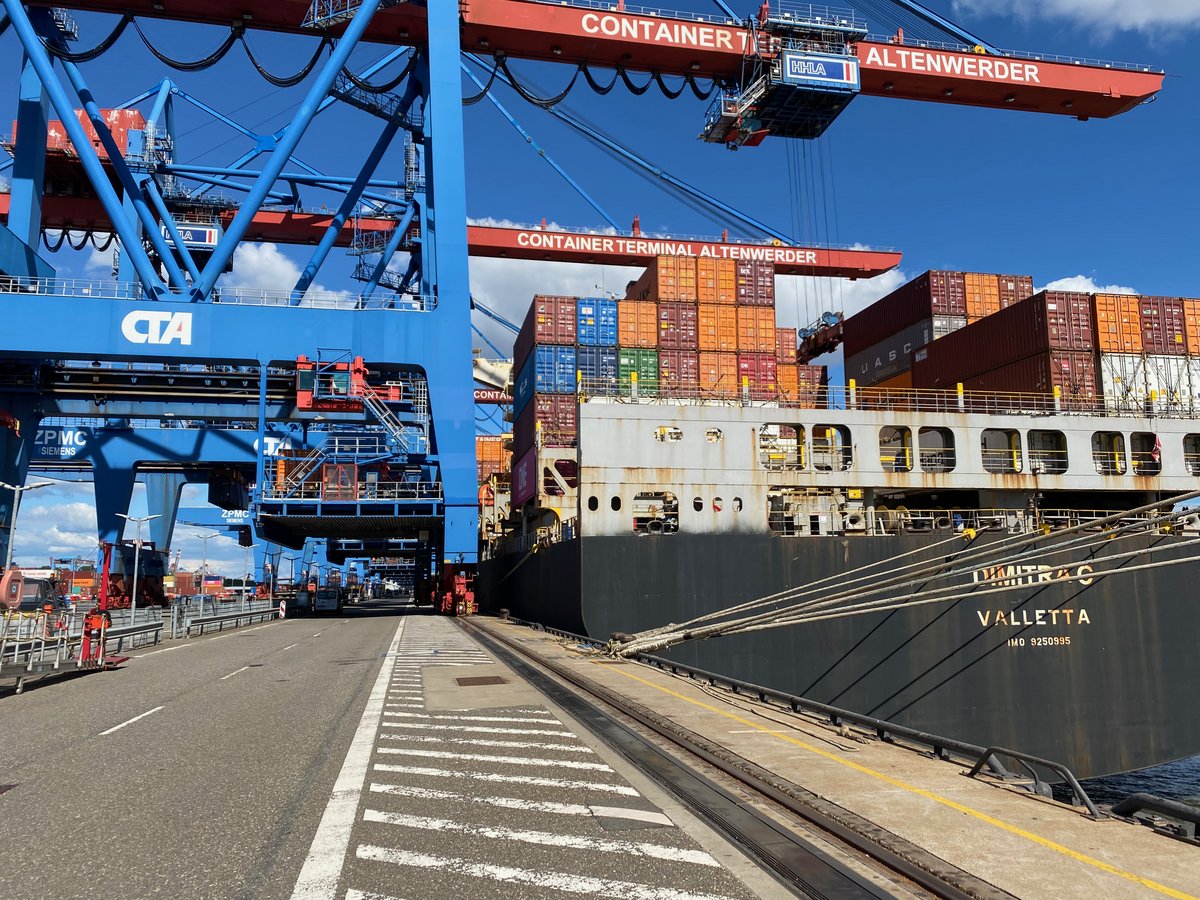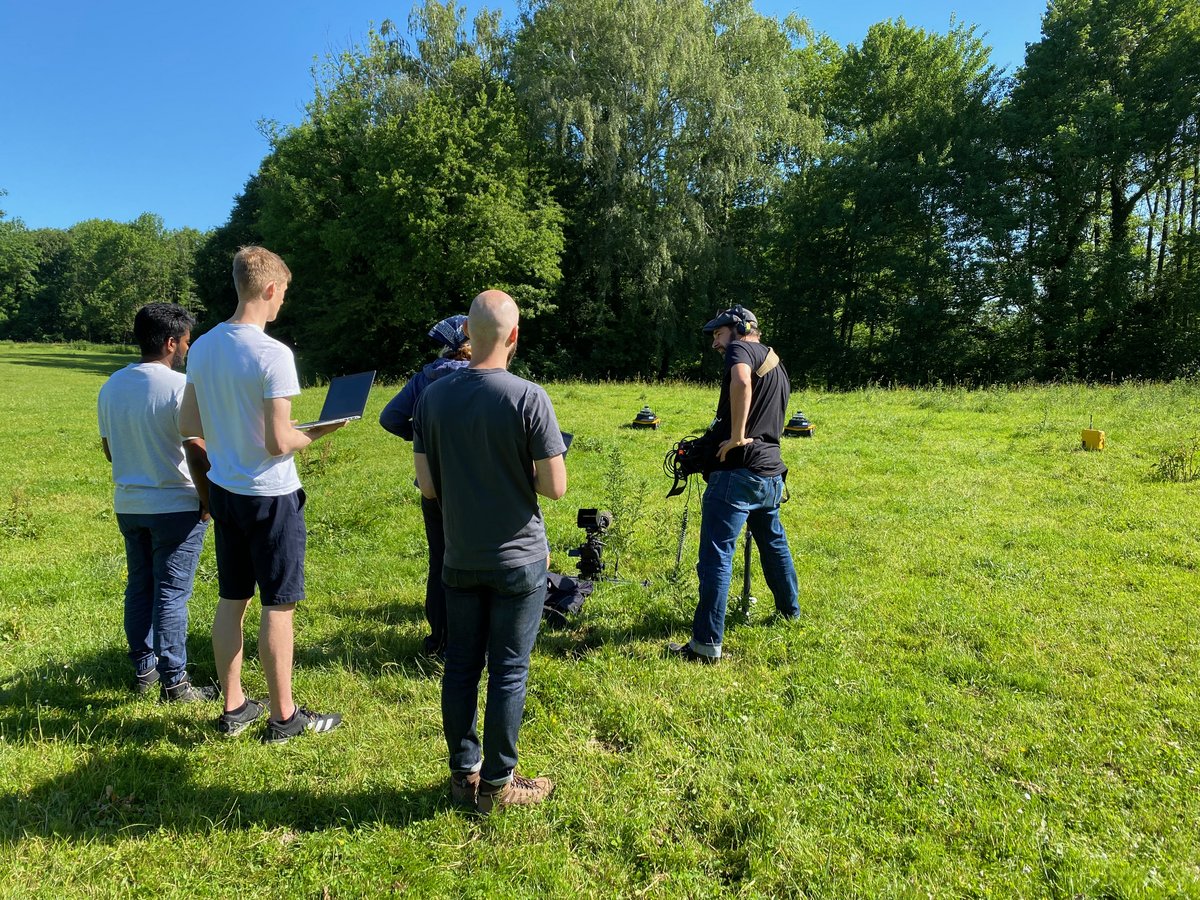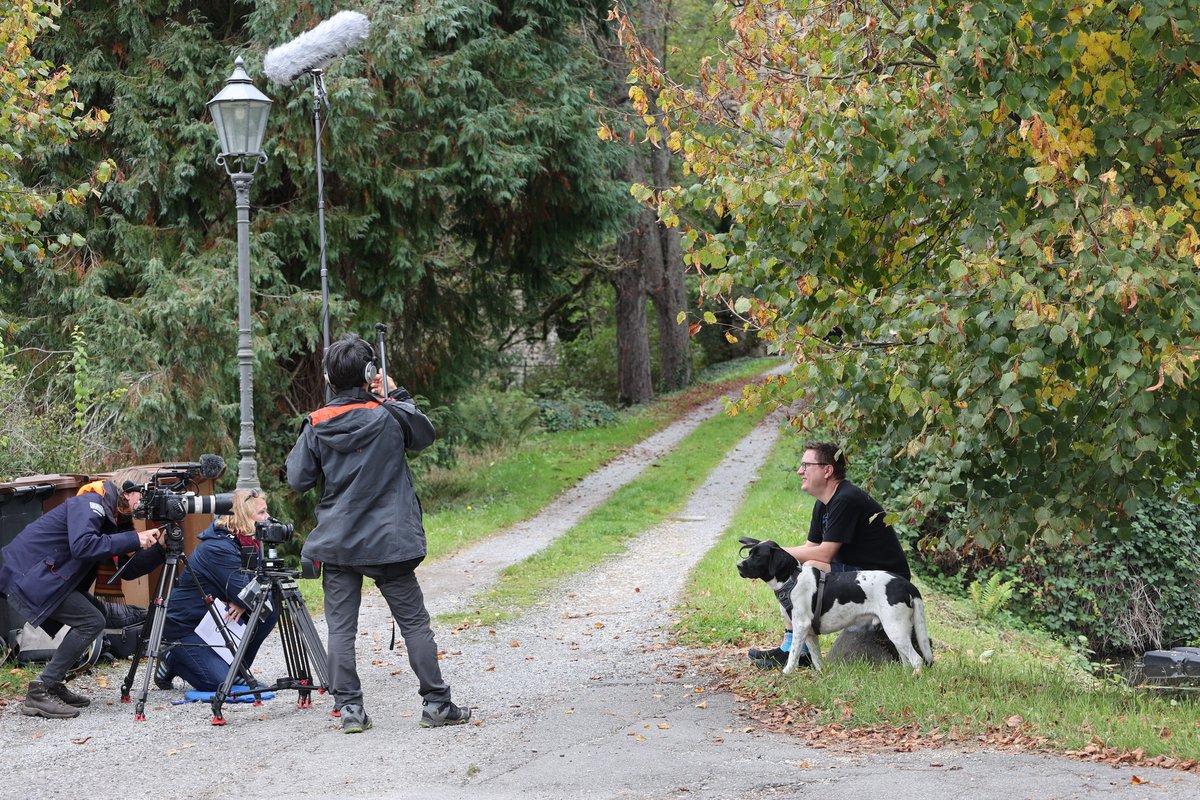Swarm research for Terra X
Three researchers from the University of Konstanz involved as experts in the documentary series Schlaue Schwärme
We encounter swarms every day - and we humans are also part of swarms. But how do individuals in swarms communicate with each other and how do they make collective decisions? The two-part documentary series Schlaue Schwärme (Part 1: Geheimnisvolle Sprachen; Part 2 Rätselhafte Kräfte) from Terra X, ZDF, answers these questions. Iain Couzin, Heiko Hamann, and Christoph Kleineidam from the Cluster of Excellence ‘Centre for the Advanced Study of Collective Behaviour’ (CASCB) at the University of Konstanz were involved as experts. They offer a glimpse behind the scenes.
It is the interaction and communication between individuals in swarms of social insects that has fascinated Christoph Kleineidam for over 30 years. This interplay among leaf-cutting ants was examined in more detail in the documentary. To this aim, the neurobiologist set up a 30-metre-long ant trail in the Imaging Hangar, a swarm research lab at the Cluster of Excellence CASCB.
The experiment was followed by the film team for a week
“A colony of leaf-cutting ants selects the best available leaf quality for their fungus,” states Kleineidam. “The colony as a collective or swarm is the expert in this selection process.” The leaf fragments are checked several times by different ants on the way from the feeding ground to their nest. “The repeated evaluation by many ants ensure that the good fragments end up in the nest and the inferior fragments are left outside,” says Kleineidam. In the nest, the leaf fragments are then 'fed' to the symbiotic fungus and the ants feed exclusively on the fungus. This is why a good leaf selection is so important. To explore the selection process, he mixed in marked leaf fragments of varying quality and measured how quickly these fragments are transported to the nest. The mechanisms underlying the colony’s preference for leaf fragments are decipered with such experiments.
The film team accompanied Christoph Kleineidam for a week during this experiment: He says that “the camera teams did an incredible job. Having some experience with macro photography myself, I am thrilled by the outstanding quality of pictures they could capture and how quick they are in doing so.”
What computer scientists can learn from ants
Robotics researcher Heiko Hamann reports on how general concepts from swarm intelligence are transferred to the world of computer science. The division of labor in ant colonies provides an inspriation for optimizing processes in logistics. The documentary was shot with Heiko Hamann at a fully automated container terminal in the port of Hamburg. “That was absolutely fascinating to see,” says Hamann. However, these fully automated workflows do not only have advantages: “I also comment on the advantages and dangers of allowing such algorithms to recommend products, connections to colleagues, and potential friends for us.” Hamann hopes that young people, spurred by the film, will engage with swarm intelligence and swarm robotics.
When documentaries motivate research
Behavioural biologist Iain Couzin has seen positive reactions from viewers fascinated by the science on previous similar film projects. “Collective animal behaviour is so visually and intellectually engaging,” says Couzin. “I am frequently contacted by people that have seen such footage asking amazing questions about how and why these beautiful patterns occur in nature.” He therefore sees it as an exceptional opportunity to collaborate with filmmakers and share research with the public this way. In the documentary he reports on the latest findings on the origin of locust plagues. He also demonstrates why fish tend to join the majority of a school. His team has discovered invisible spring forces in schools of fish. They also explain how the school can solve problems that a single fish could not solve.
Iain Couzin, speaker of the CASCB reveals: “I, myself, was hugely influenced by television shows about science. For example, it was watching a programme about a scientist studying army ants in the rainforests of Panama that directly resulted in me doing my PhD with the same person.” Who knows, maybe young viewers of this series will be as enthusiastic about swarms that they too will ask the swarm researchers in Konstanz for a doctorate position in the future.
Key Facts
- Two-part Terra X (ZDF) documentary series Schlaue Schwärme, Broadcast: 5 March 2023 and 12 March 2023 on ZDF and available in the Mediathek:
- Part 1: Schlaue Schwärme - Geheimnisvolle Sprachen; Part 2: Schlaue Schwärme - Rätselhafte Kräfte
- Participation of the Konstanz researchers Iain Couzin, Heiko Hamann, and Christoph Kleineidam from the Cluster of Excellence Centre for the Advanced Study of Collective Behaviour (CASCB) at the University of Konstanz




